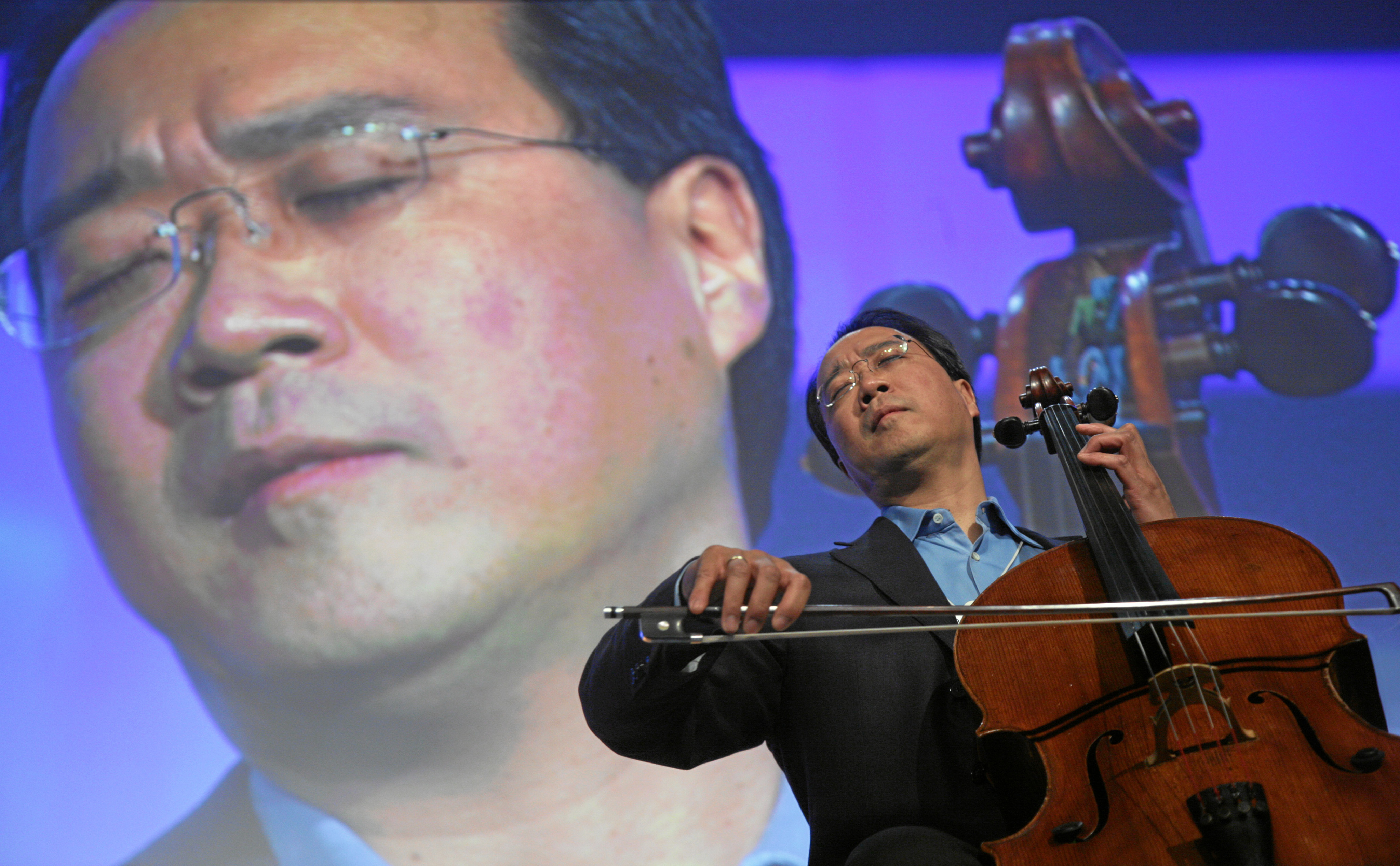
A golden opportunity may be dawning, not only for energy but for employment, from coal to wind. There’s precedent: many workers on the Transcontinental Railroad were “navvies” – a term coined to describe those who built navigable waterways including the Erie Canal. Skills in technologies, combined with the ability to work in remote locations: these are the same valuable traits that may now transform the coal industry. Carbon County, Wyoming, is launching a job training program for coal miners to become wind farm technicians. Wyoming produces more coal than any other American state; but geography makes it ideal for wind, with 850 turbines planned, perhaps leading to a change in tax policy. Job training is free, offered by Goldwind, a leading wind turbine manufacturer in Urumqi, Xinjiang, China, famous hub of the Silk Road. This year marks the 200th anniversary of the Erie Canal: will the celebration include the training and development of workers who changed the American economy? Might the future feature transformation from coal to wind, as skilled workers take on new industries to rebuild energy and environment?
Baeumier, Axel, Ede Ijjasa-Vasque, Shomik Mehndirrata, eds. Sustainable Low-Carbon City Development in China. The World Bank, 2012. ISBN: 9780821389881 (ebook).
Cardwell, Diane. “Wind Project in Wyoming Envisions Coal Miners as Trainees.” 21 May 2017. The New York Times. https://www.nytimes.com/2017/05/21/business/energy-environment/wind-turbine-job-training-wyoming.html?_r=0
Goldwind. In Chinese: http://goldwind.cn; in English: http://www.goldwindglobal.com/web/index.do
Building the World Blog by Kathleen Lusk Brooke and Zoe G Quinn is licensed under a Creative Commons Attribution-NonCommercial-NoDerivs 3.0 Unported Licen






